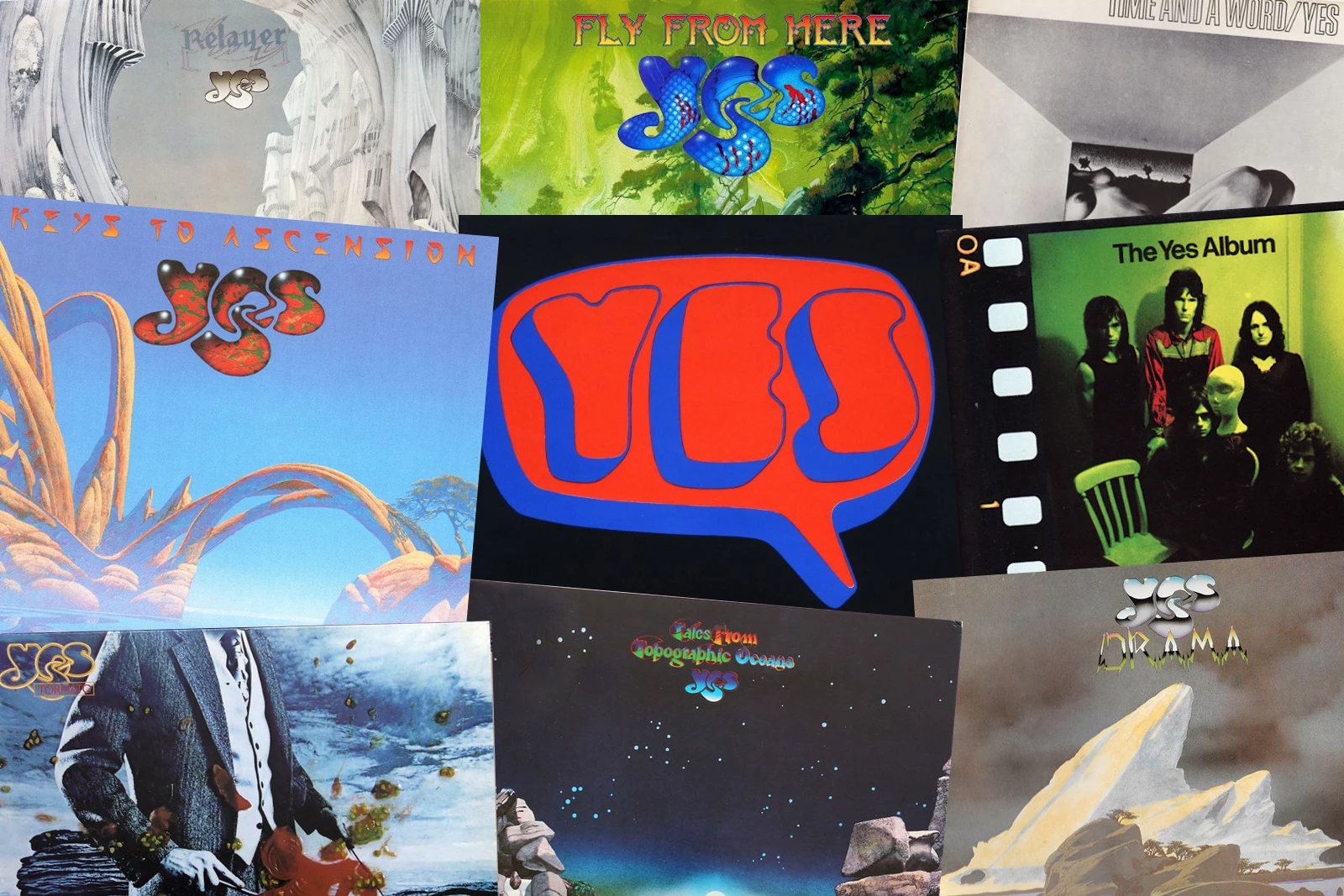Lonnie Rashid Lynn (born March 13, 1972), known by his stage name Common (formerly Common Sense), is an American rapper, actor, and writer.He debuted in 1992, with the album Can I Borrow a Dollar?, and gained critical acclaim with his 1994 album Resurrection. Free online Tap BPM tool allows you to calculate tempo and count Beats Per Minute (BPM) by tapping any key to the rhythm or beat. Tap for a few seconds to quickly calculate BPM without waiting the whole minute. You may optionally configure it for Beats Per Second (BPS) or Beats Per Hour (BPH). Counting the meter of your music manually is a drag.
Find Song By Tapping
There are few things in life more annoying than having a song stuck in your head that you don’t know the lyrics to. It’s even worse when you don’t even know the title of the song or who the hell the artist is behind this banger. How are you supposed to stop singing gibberish to the tune of this track when you don’t know a single thing about it?
- Free Ringtones For Christmas Songs Acer Aspire One Software Download 8th Grade Math Textbook Pdf Song Tapper Alternative 3d Printer Control Software Dvd Shrink 3.2 Windows 10 Download Full Games For Pc Jbl Flip Bluetooth Driver Download Airxonix Full Version Windows Vista Business Software.
- Alternative hip hop (also known as alternative rap) is a subgenre of hip hop music that encompasses the wide range of styles that are not typically identified as mainstream. AllMusic defines it as follows: 'Alternative rap refers to hip hop groups that refuse to conform to any of the traditional stereotypes of rap, such as gangsta, bass, hardcore, pop, and party rap.
- Midomi.com find and discover music and people. Use your voice to instantly connect to your favorite music, and to a community of people that share your musical interests. Sing your own versions, listen to voices, see pictures, rate singers, send messages, buy music.
Thankfully, there are now quite a number of apps that help solve this conundrum. Using these tools, you’ll be able to identify the next song you come across and never awkwardly belt out nonsensical wrong lyrics ever again.
1. Shazam
The song identifying app you’re probably most familiar with is . All users have to do is hold up their phone to the source of the music while the song is playing and tap a single button within the Shazam app. Shazam will listen in on the song and provide you with all the relevant info you’d need to know like the artist, title, and album. It’s extraordinarily accurate.
Shazam will also provide you with links to YouTube to where you can listen to or purchase the track. The app also keeps a nifty history of all the songs you’ve identified using Shazam.
Shazam is available on iOS, Android, Mac, Windows, and practically every other platform. You could also probably soon expect even more integration with Apple services like Apple Music as the company acquired Shazam, though its future on Android is now uncertain.
2. SoundHound
does pretty much everything Shazam does and even more. Just like Shazam, SoundHound can tell you what song is playing at the tap of a button.
But let’s say that song you just heard ended before you could whip out your phone and open Shazam. Not a problem. That’s where SoundHound comes in.

If that song stuck in your head isn’t currently playing, you can hum it or sing its tune into SoundHound and it can identify the song. Of course, this depends on how closely your vocal interpretation of the song is to the actual song you’re trying to figure out. But, if it’s not wildly off, SoundHound can get the job done.
In addition, just call out to your phone “OK Hound, what song is this?” and the app’s voice controls will take over. Shazam doesn’t have a hands-free option, giving SoundHound the upper hand while you’re driving the car.

SoundHound was originally known as a musical search engine called Midomi. In fact, the desktop version of SoundHound is still called . And, just like SoundHound which is available on iOS and Android devices, you can sing or hum that tune you just can’t figure out into your desktop computer or laptop’s mic and Midomi will figure it out with the same accuracy as the SoundHound app.
3. Google Sound Search
If you have a Pixel phone, you might be familiar with Google Play’s Now Playing feature. Like Shazam and SoundHound, Now Playing would listen in to the music surrounding you, match it with a database and let you know the artist and title. But, the thing that set Google’s feature apart was that it was always-on. You could pull out your Pixel phone at any time and Google would already display what song was playing because it was already listening.
Google has now brought that feature to its even more powerful cloud service which has a far greater dataset and performance capability. Ask any of your Android phone, Google Home, or any of your Google Assistant enabled devices “what song is playing?” and Google will serve you up with the answer.
4. Ask Siri or Alexa
Tap The Beat
Just like with a number of the aforementioned devices running Google Assistant, hardware with Apple’s Siri or Amazon’s Alexa can provide you with the results you need as well. Just call out to either and Siri or Alexa will listen in and let you know what they’re hearing.
As previously mentioned, with Apple’s acquisition of Shazam, look for the company to start integrating the app with Siri.
5. Genius or Google Search
This is my own personal tried-and-true method. While I’ve used all the above apps and tools at some point or another, this has been the most accurate way to find out what song you’re listening to, in my experience.
When you hear a song, simply home in on a simple line from the lyrics. Then open either the song lyrics website Genius or just go to Google search. Type in those lyrics and the majority of the time you’ll get the track details you were looking for. When using Google, it’s especially helpful to put the lyrics in quotations so Google only looks for that exact string that’s sung in the song.
Tap Tempo Online
It may seem a little bit less intuitive, but for times when Shazam or the other services just couldn’t make out the track in a noisy setting or the song was by a lesser known artist, this trick got the job done.

Additional reporting by Barb Dybwad. Original story published in 2010 and updated in 2018.